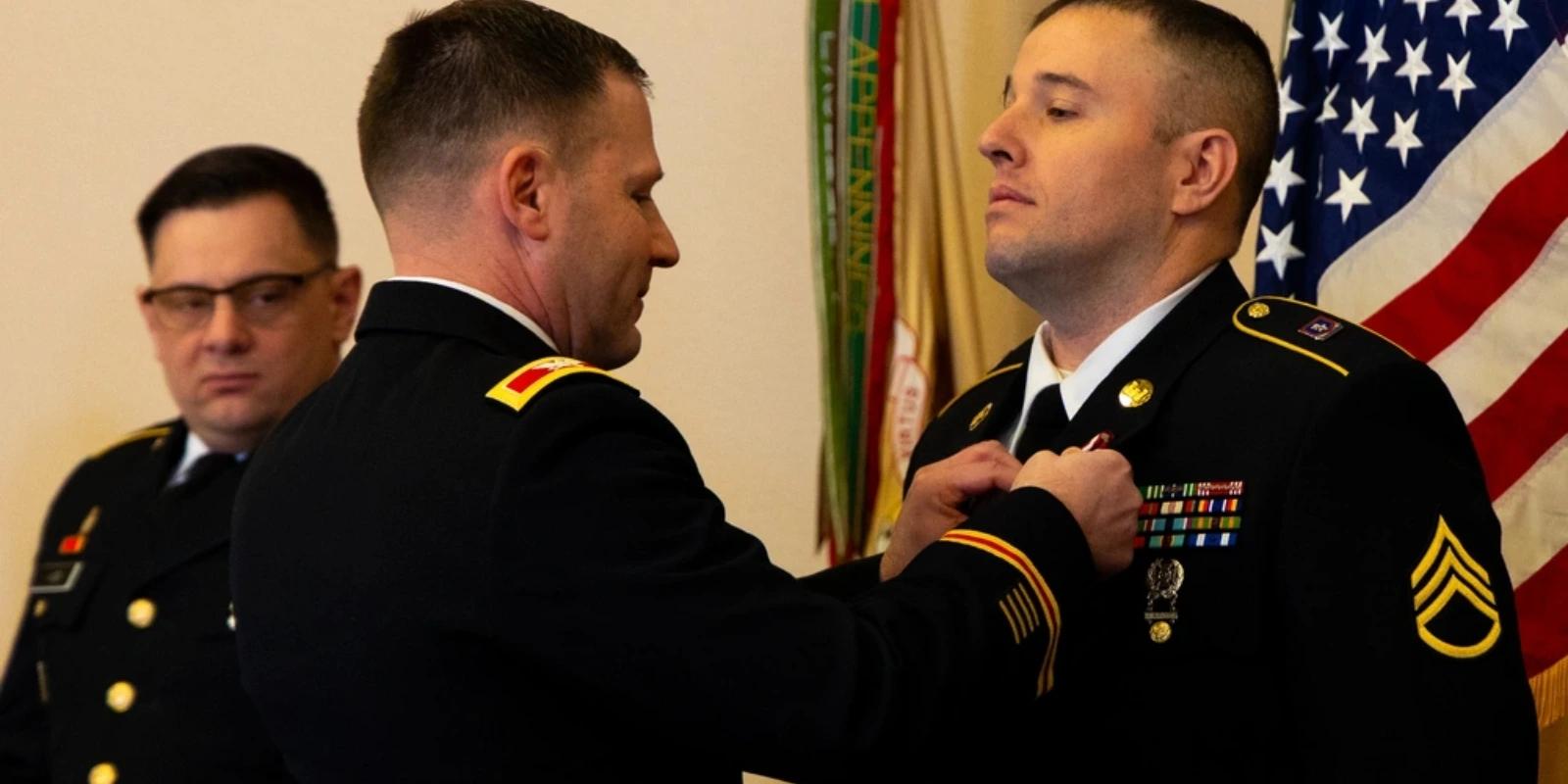Since the beginning of his second term, President Donald Trump has directly or indirectly fired four senior military officers, including the chairman of the Joint Chiefs of Staff, the chief of naval operations, the commandant of the Coast Guard and the vice chief of staff of the Air Force.
In addition, flag officers serving in less prominent roles also have been purged, sending reverberations through the U.S. military, where stability is normally seen as an asset.
On Monday, August 18th, General David Allvin, the Air Force Chief of Staff, added his name to that list when he surprisingly announced his impending retirement two years into what is usually a four-year assignment.
Why is General Allvin Retiring Early?
The scuttlebutt surrounding General Allvin’s retirement announcement has been inconsistent, but some anonymous sources have indicated that Secretary of Defense Pete Hegseth forced the move by sending signals that he wanted to go in a different direction with the Air Force.
An Air Force official denied that Hegseth had forced the retirement decision. Another Air Force insider said he was surprised it took so long for the Trump administration to spur Allvin’s removal. Trump Administration officials have allegedly been frustrated with Allvin’s oversight of preparations for a potential military engagement involving China, this person said.
One thing for certain is that Hegseth and Allvin openly disagreed about changes made by the SecDef’s staff to the Air Force budget submission prior to final submission of the DoD’s budget proposal. One of their key points of disagreement is related to the future of the E-7 Wedgetail program.
The Air Force intends to recapitalize its aging E-3 AWACS fleet with up to 24 E-7 Wedgetail aircraft in the coming years to perform its critical airborne Battle Management Command and Control mission. However, in its Fiscal Year 2026 budget proposal, the DoD did not include funding for the E-7 program sending a clear signal that it would be canceled. Hegseth told a congressional committee that space-based assets will, instead, perform that mission in the near future.
“We’re funding capabilities that will surpass some of those airborne capabilities,” Hegseth said. “We’re willing to continue to review ... [but] investments in existing systems that carry forward that capability alongside even bigger investments in space-based ISR gives us the kind of advantages we need on a future battlefield.”
During a separate Congressional hearing on May 6, Allvin openly disagreed with that assessment saying that satellites are not yet ready to take over all Airborne Moving Target Indication missions, one of the key capabilities currently provided by the E-3 and, if the program survives, in the future by the E-7.
As DoD’s FY26 budget proposal has made its way through early Congressional committee reviews, elected officials appear to be supporting Allvin’s side of the argument and have also questioned whether space-based systems are technically ready to assume the AMTI mission.
Who Will Succeed General Allvin?
Two names have risen to the top of the list as potential successors to General Allvin.
The first is General Kenneth Wilsbach, who recently finished his tour as the Commander of Air Combat Command at Langley AFB, Virginia. General Wilsbach fits the mold of many previous Air Force Chiefs – a career fighter pilot with 6,000 flight hours and an impeccable leadership record.
The other candidate is General Thomas Bussiere who Trump nominated as Vice Chief of Staff of the Air Force in July. Bussiere previously served as the Commander of Global Strike Command at Barksdale AFB, Louisiana. General Bussiere has a unique Air Force background having flown both fighters (F-15C) and bombers (B-2) during combat operations.
Typically, Air Force pilots spend their operational years flying a specific type of aircraft and to move from one type to another is unusual. Historically, the Air Force has often “fleeted up” its Vice Chief into the Chief position. It’s left to be seen if this is the case with General Bussiere.
Smooth Transition to New CSAF
Regardless of who is selected to succeed General Allvin, the transition promises to be smooth. As part of his retirement decision, General Allvin agreed to stay in the position long enough to await confirmation of the new CSAF and to "allow time for a smooth leadership transition." General Allvin will retire with full military honors before the end of the year.
"The Air Force is fortunate to have leaders like General Dave Allvin. During his tenure, the Air Force has undertaken transformational initiatives that will enable airmen to answer their nation's call for decades to come," Secretary of the Air Force Troy Meink said in a news release.
Allvin will be the shortest-serving CSAF since General Michael Dugan was relieved from the position in 1990 for inappropriate comments made to journalists in the run-up to the USA’s air assault on Iraq as part of Operation Desert Storm.
Suggested reads:




